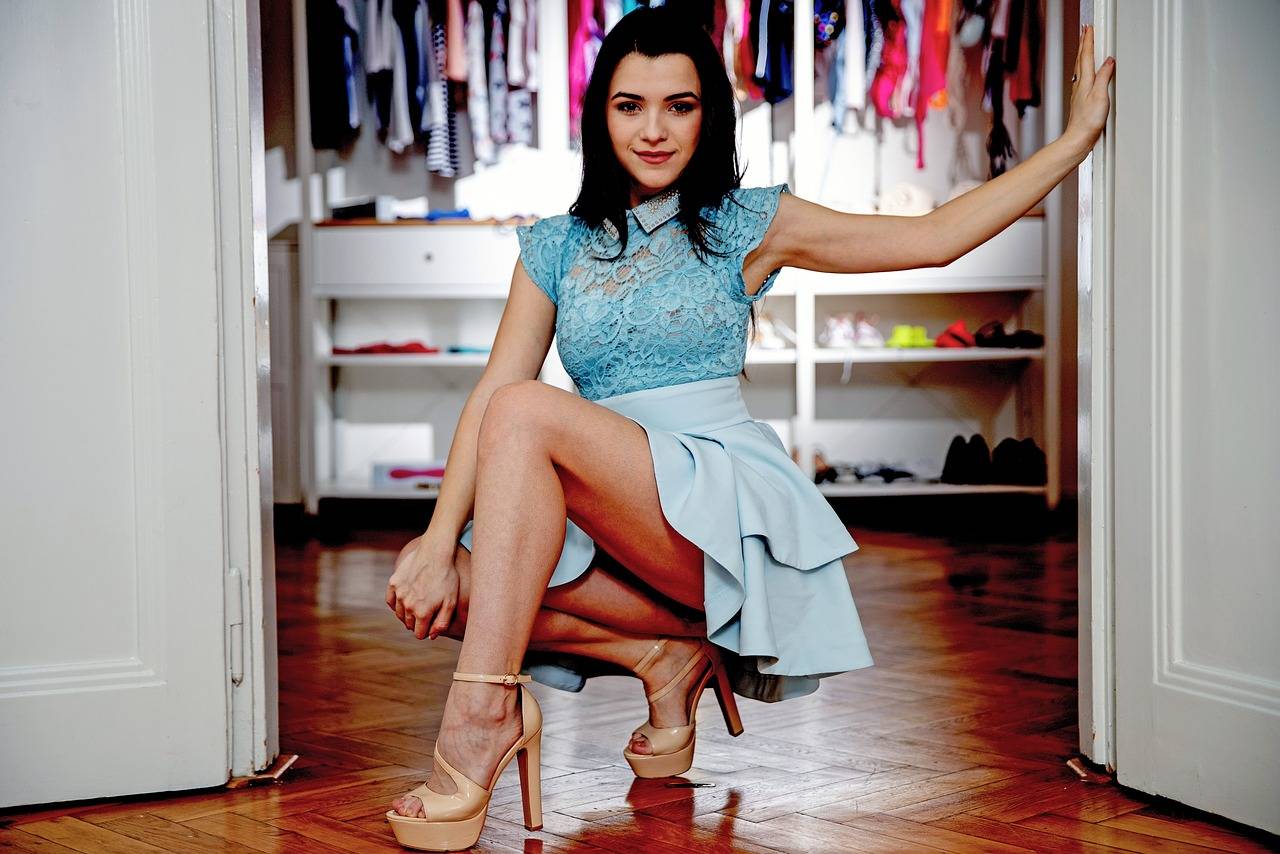The Use of Artificial Intelligence in Fashion Forecasting
Forecasting trends in the fashion industry using traditional methods faces several obstacles. One of the main challenges is the reliance on historical data, which may not always accurately predict future trends. This method often fails to capture rapidly changing consumer preferences and market dynamics, leading to inaccuracies in forecasting.
Moreover, traditional fashion forecasting methods can be time-consuming and labor-intensive. Analyzing vast amounts of data manually requires significant resources and may result in delays in predicting upcoming trends. Additionally, the human element in this process can introduce biases and subjective interpretations that impact the accuracy of forecasts.
Benefits of Incorporating Artificial Intelligence in Fashion Forecasting
Artificial Intelligence (AI) in fashion forecasting offers unparalleled benefits to the industry. By leveraging AI technologies, fashion professionals can enhance the accuracy and efficiency of trend predictions. Machine learning algorithms can analyze vast amounts of data from various sources, enabling brands to stay ahead of shifting consumer preferences and market trends. This data-driven approach not only helps in making informed decisions but also minimizes the risks associated with traditional forecasting methods.
Moreover, AI-powered fashion forecasting allows companies to personalize their offerings to individual consumers on a larger scale. By understanding each customer’s unique preferences and behavior patterns, brands can tailor their products and marketing strategies to create a more personalized shopping experience. This level of customization not only improves customer satisfaction but also drives sales and brand loyalty. With AI, fashion forecasting becomes not just a tool for predicting trends but a strategic asset for driving innovation and growth in the ever-evolving fashion industry.
What are some challenges in traditional fashion forecasting methods?
Some challenges in traditional fashion forecasting methods include reliance on subjective human judgment, limited data analysis capabilities, and difficulty in predicting rapidly changing trends.
How can artificial intelligence improve fashion forecasting?
Artificial intelligence can improve fashion forecasting by analyzing vast amounts of data quickly and accurately, identifying patterns and trends that may be missed by human analysts, and providing real-time insights into consumer preferences.
What are some benefits of incorporating artificial intelligence in fashion forecasting?
Some benefits of incorporating artificial intelligence in fashion forecasting include improved accuracy in trend predictions, faster response to changing market demands, enhanced efficiency in decision-making processes, and increased competitiveness in the fashion industry.
Is artificial intelligence completely replacing human analysts in fashion forecasting?
No, artificial intelligence is not completely replacing human analysts in fashion forecasting. Instead, it is complementing their capabilities by providing data-driven insights and recommendations to support decision-making processes. Human analysts still play a crucial role in interpreting AI-generated insights and applying their creative expertise to develop innovative fashion concepts.





